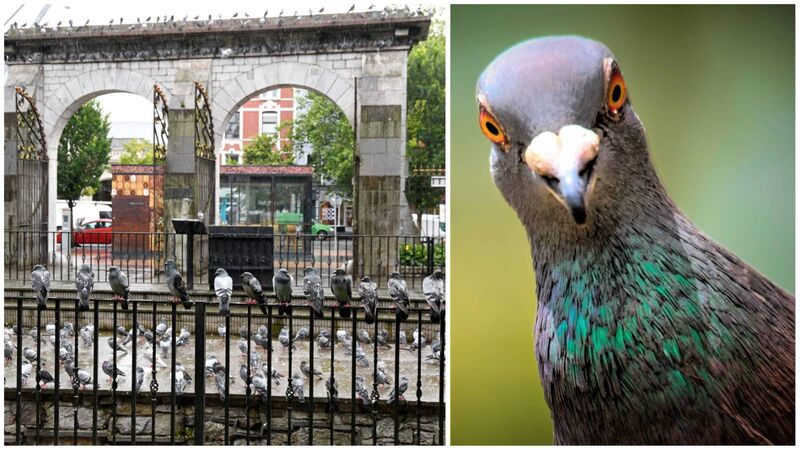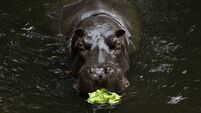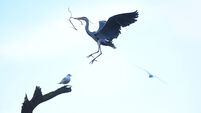Plenty love for doves but not so much for 'rats with wings'

Pictured: pigeons at Cork's Peace Park. Scientists have been comparing the DNA of pigeons and wild doves
The dove, international symbol of peace, represents the Holy Ghost in Christian iconography. Andrew Blechman in says that they have themselves been worshipped as fertility goddesses. Carrier pigeons served every superpower from ancient Egypt to modern times. News of the outcome at Waterloo in 1815 came courtesy of an avian courier. Pigeons which ran the gauntlet of enemy fire during ‘the Great War’, had Croix-de-Guerre-type medals awarded to them.
Nor do doves benefit only humans. Lowly ‘street’ pigeons are a steady source of food for large raptors, enabling peregrines, which came close to extinction here during the 1960s, to breed in our towns and cities.







